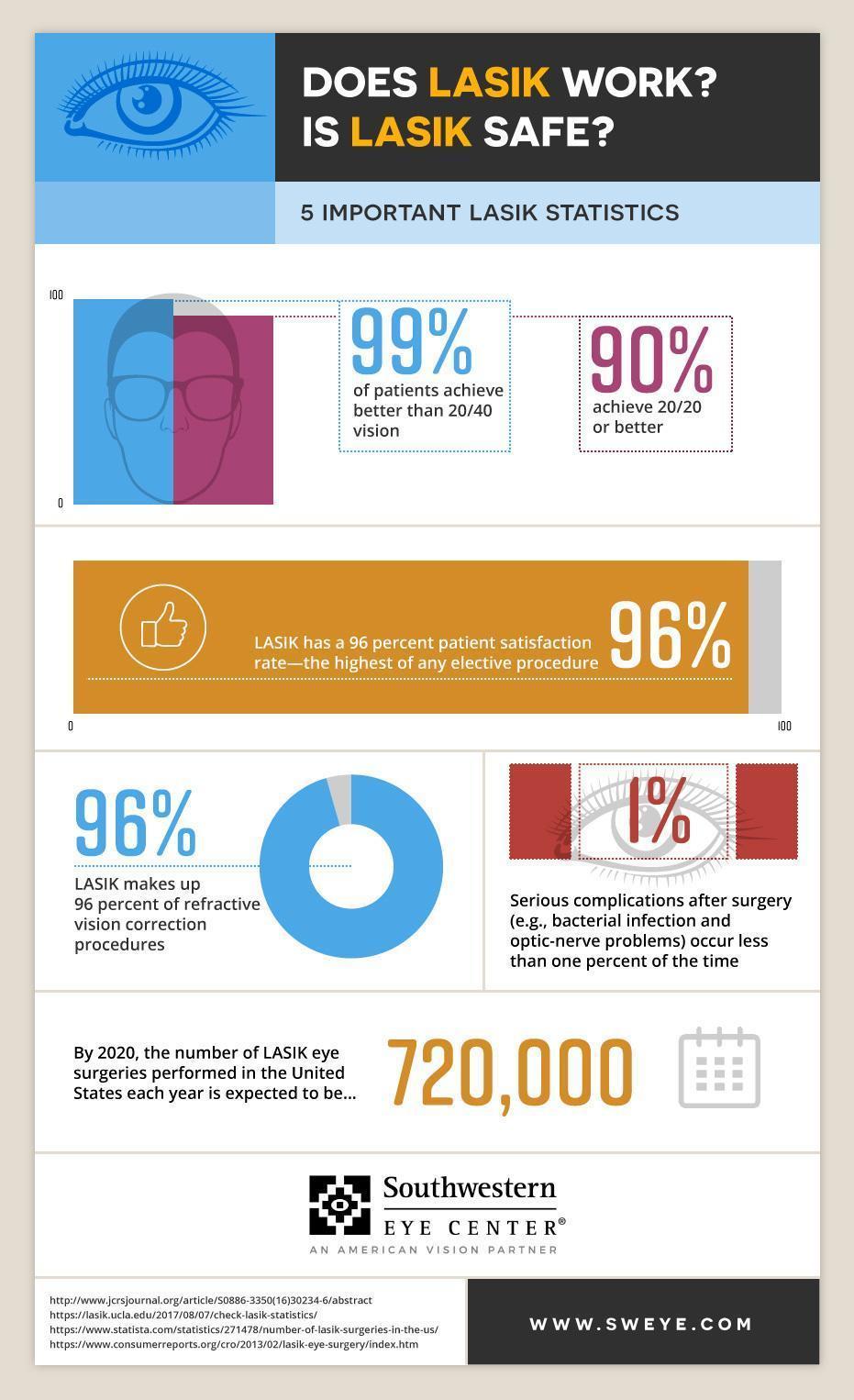If you have actually been thinking about SMILE eye surgical procedure, you might wonder just how it compares to LASIK and PRK. Each treatment has its very own set of advantages and factors to consider. From quicker recuperation times to possible dangers, there are vital distinctions you should recognize before making a decision. Recognizing these distinctions will help you make an enlightened selection that straightens with your details requirements and expectations. Curious to recognize even more concerning how these procedures contrast in detail? Keep on discovering to get a detailed understanding of SMILE, LASIK, and PRK.
SMILE Eye Surgical Procedure Review
If you're considering SMILE eye surgery, you'll discover it to be a minimally invasive treatment with a fast recovery time. During SMILE (Tiny Cut Lenticule Removal), a laser is utilized to produce a tiny, accurate laceration in the cornea to get rid of a tiny piece of tissue, reshaping it to correct your vision. This differs from LASIK, where a flap is produced, and PRK, where the outer layer of the cornea is completely gotten rid of.
Among the vital benefits of SMILE is its minimally invasive nature, causing a faster healing procedure and much less pain post-surgery. cataract surgery can it be redone for SMILE is fairly fast, with many patients experiencing enhanced vision within a day or 2. This makes it a prominent option for those looking for a hassle-free and efficient vision modification procedure. In addition, SMILE has actually been revealed to have a reduced danger of completely dry eye syndrome compared to LASIK, making it a favorable option for people worried concerning this possible negative effects.
Differences Between SMILE, LASIK, and PRK
When comparing SMILE, LASIK, and PRK eye surgical treatments, it is essential to recognize the distinct strategies utilized in each treatment for vision adjustment.
SMILE (Tiny Incision Lenticule Removal) is a minimally intrusive procedure that entails creating a small cut to remove a lenticule from the cornea, reshaping it to fix vision.
LASIK (Laser-Assisted In Situ Keratomileusis) involves producing a slim flap on the cornea, making use of a laser to reshape the underlying tissue, and afterwards rearranging the flap.
PRK (Photorefractive Keratectomy) gets rid of the outer layer of the cornea prior to improving the cells with a laser.
The major difference depends on the way the cornea is accessed and treated. cataract surgery with lens implant is flapless, making it a great option for people with thin corneas or those associated with contact sporting activities. https://claytonojdyr.blog-ezine.com/26625796/experience-a-change-of-your-vision-through-laser-vision-correction-treatments-and-totally-accept-a-new-world-of-clear-sight to the flap creation, but it may pose a higher risk of flap-related problems. PRK, although having a much longer recuperation duration, prevents flap-related problems completely.
Understanding these differences is critical in choosing one of the most suitable treatment for your vision modification needs.
Advantages And Disadvantages Comparison
To review the advantages and drawbacks of SMILE, LASIK, and PRK eye surgeries, it's vital to consider the certain benefits and potential constraints of each treatment. SMILE surgical procedure uses the advantage of a minimally intrusive treatment, with a smaller cut and possibly quicker recuperation time contrasted to LASIK and PRK. It additionally lowers the danger of completely dry eye post-surgery, an usual side effect of LASIK. Nevertheless, SMILE might have limitations in dealing with higher degrees of myopia or astigmatism contrasted to LASIK.
LASIK surgery provides fast visual healing and marginal discomfort during the procedure. It's highly effective in dealing with a vast array of refractive errors, including myopia, hyperopia, and astigmatism. Yet, LASIK brings a risk of flap problems, which can impact the corneal structure.
PRK eye surgical procedure, while not as popular as LASIK, prevents producing a corneal flap, lowering the risk of flap-related problems. It's suitable for people with thin corneas or uneven corneal surfaces. However, PRK has a much longer recovery time and may involve extra discomfort during the healing process.
Final thought
So, when it comes to selecting in between SMILE, LASIK, and PRK, consider it like picking the ideal set of shoes. SMILE is like a smooth, comfortable set of sneakers - quick and very easy.
LASIK is more like fashionable high heels - fancy and fast, however with some potential risks.
PRK is like tough hiking boots - trustworthy and resilient, yet requiring a little bit more effort and time.
Ultimately, the best selection depends on your specific requirements and preferences.
